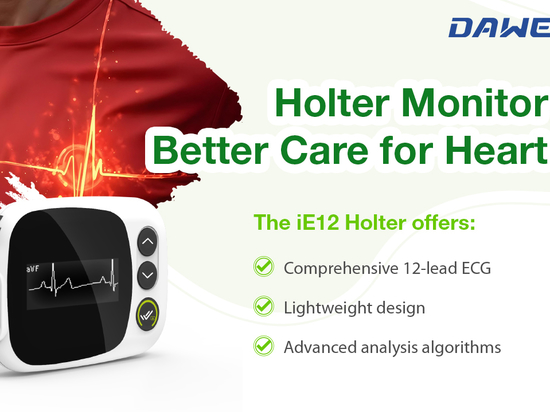
#Product Trends
Choosing the Right Wireless Handheld Ultrasound Scanner
A Comprehensive Guide
In the fast-evolving landscape of medical technology, the demand for advanced and portable diagnostic tools is higher than ever. A key player in this domain is the "Wireless Handheld Ultrasound Scanner." As healthcare professionals seek convenience and efficiency, selecting the right device becomes crucial. This guide aims to navigate you through the essential factors to consider when choosing a wireless handheld ultrasound scanner.
Technical Performance:
The first and foremost consideration is the technical performance of the wireless handheld ultrasound scanner. Look for devices with high-resolution imaging capabilities, versatile frequency settings, and real-time data transmission. These features ensure accurate and detailed diagnostic results, enhancing the overall effectiveness of the device in diverse medical scenarios.
Portability:
The essence of a handheld Ultrasound probe lies in its portability. Evaluate the size, weight, and ergonomic design of the ultrasound scanner. Option for a model that strikes a balance between portability and functionality, allowing healthcare professionals to carry and use it with ease, whether in a hospital setting or during field visits.
Wireless Connectivity:
As implied by the term "wireless," connectivity is a crucial factor. Ensure that the pocket ultrasound scanner supports stable and secure wireless connections. This facilitates seamless integration with other devices and systems, streamlining data transfer and enabling quick consultations or collaborations among medical professionals.
Image Storage and Sharing:
Efficient data management is vital in the medical field. Choose a wireless handheld ultrasound scanner with robust image storage capabilities. Additionally, features that facilitate easy sharing of images, perhaps through cloud-based platforms or secure networks, can enhance collaboration and remote consultations.
Battery Life:
Uninterrupted scanning sessions are imperative, especially in critical medical situations. Assess the battery life of the handheld ultrasound scanner to ensure it can withstand the demands of a busy healthcare environment. A long-lasting battery reduces downtime and enhances the device's reliability.
User-Friendliness:
A user-friendly interface is essential, particularly for healthcare professionals who may use the device in various settings. Look for intuitive controls, clear display screens, and easily navigable menus. A device that is user-friendly contributes to efficient workflow and reduces the learning curve for medical staff.
In conclusion, selecting the right wireless handheld ultrasound scanner involves a careful evaluation of technical performance, portability, wireless connectivity, image storage capabilities, battery life, and user-friendliness. By considering these factors, healthcare professionals can make informed decisions that align with the evolving needs of modern medical practices.







